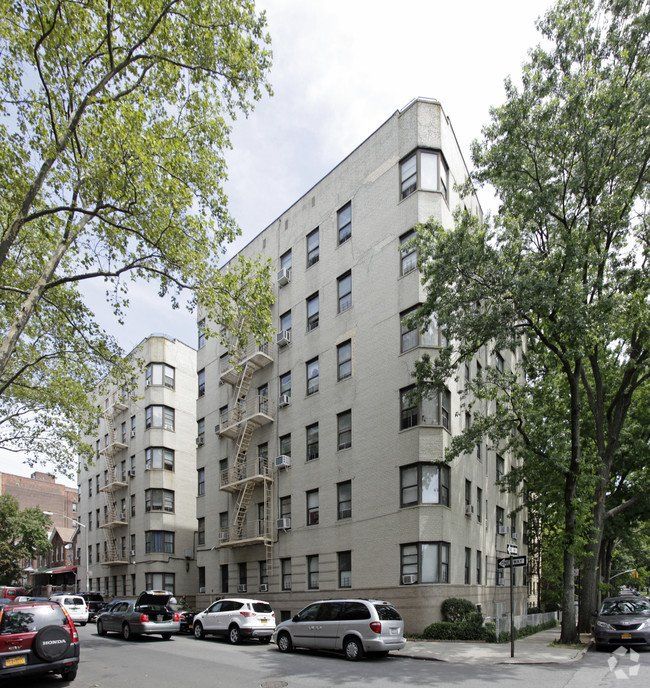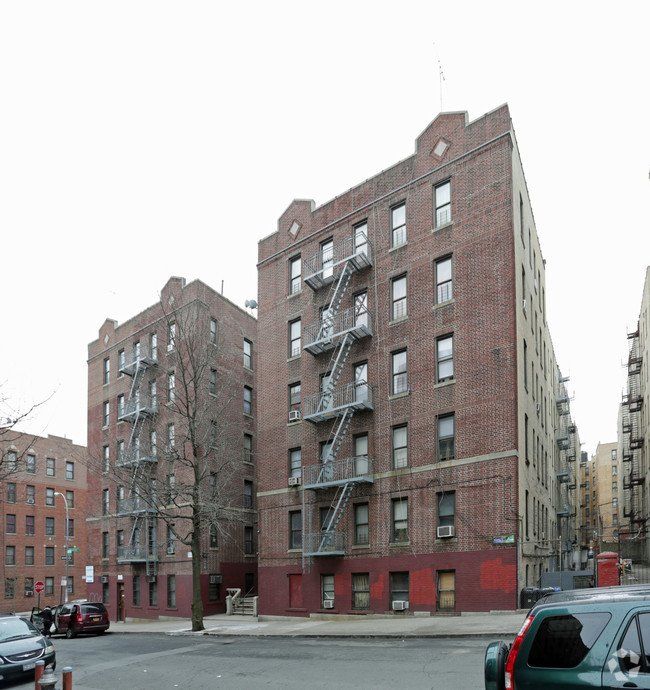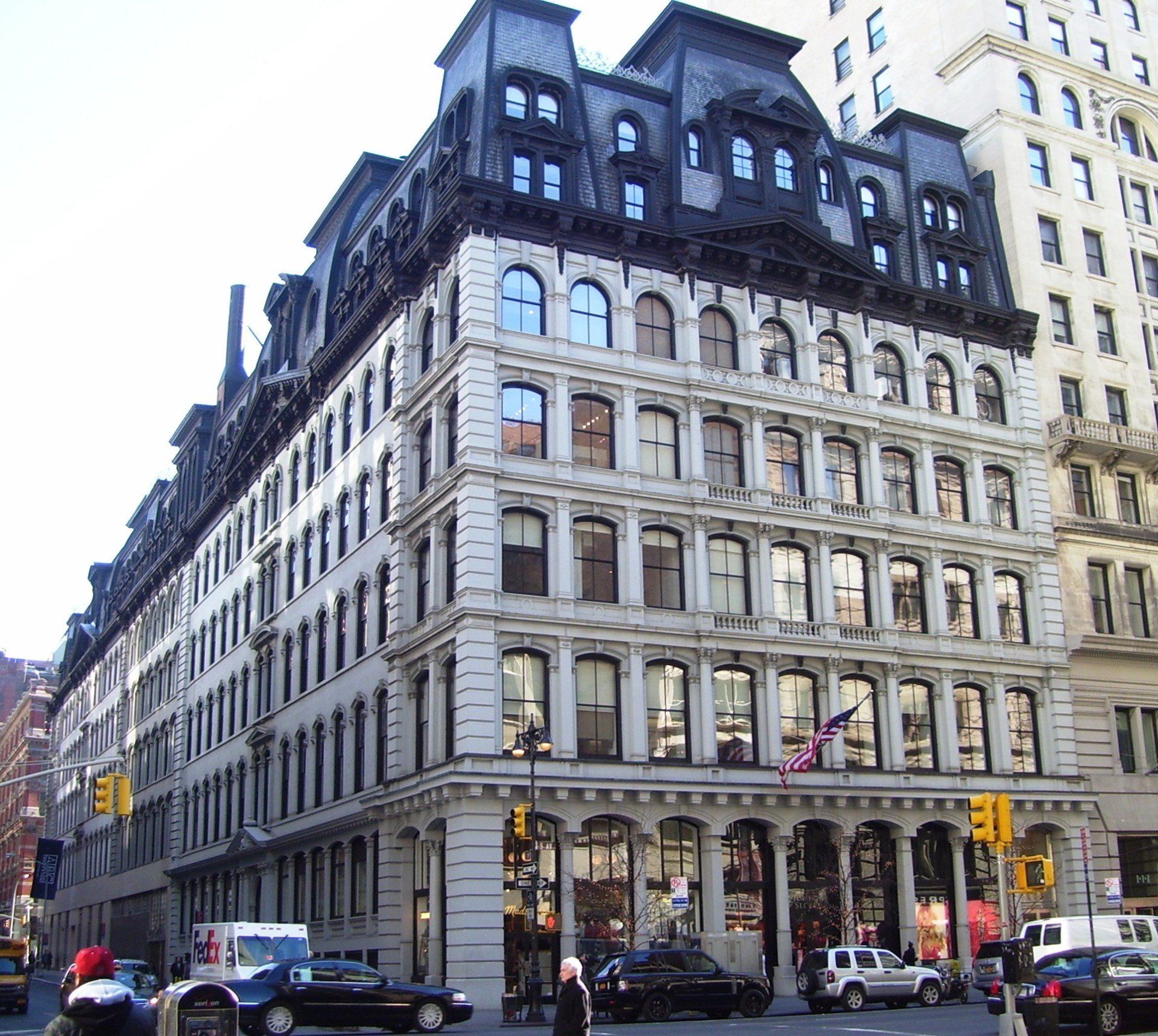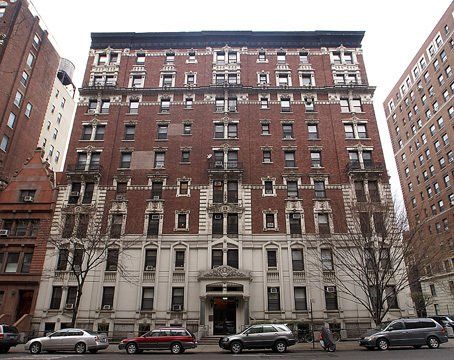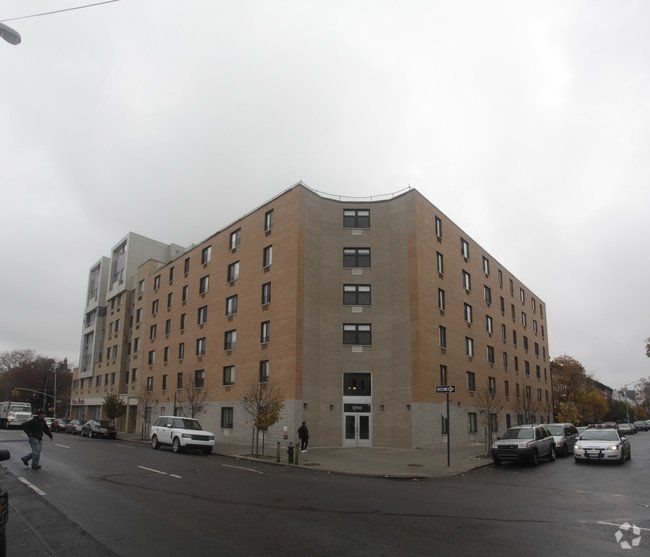Local Law 84 / 133 Energy Benchmarking
Good for the planet, onerous for the building owners. We bridge the gap.
Get Started on LL84/133
Submit a form to get in touch with a Project Manager who will answer questions about your NYC properties. No obligations!
LL84
What is Local Law 84/133?
Signed into law in 2009 as part of a larger package of energy laws known as the Greener, Greater Buildings Plan. The law originally applied to New York City buildings larger than 50,000 square, and was in 2016 expanded under Local Law 133 to cover NYC buildings larger than 25,000 square feet. The law requires owners and managers to report their building’s energy usage to the City of New York on a yearly basis. This process is known as energy benchmarking and requires the following.
LL84/133 Energy Benchmarking: What's Involved?
- Collecting pertinent energy consumption data from vendors(IE Con Edision, National Grid, fuel oil providers)
- Setting up an account on EPA’s Portfolio Manager website
- Entering the building’s space use characteristics into the website
- Extrapolate missing energy data
- Entering the consumption data into the website
- Generating an energy usage report
- Submitting the report electronically to the City of New York.


